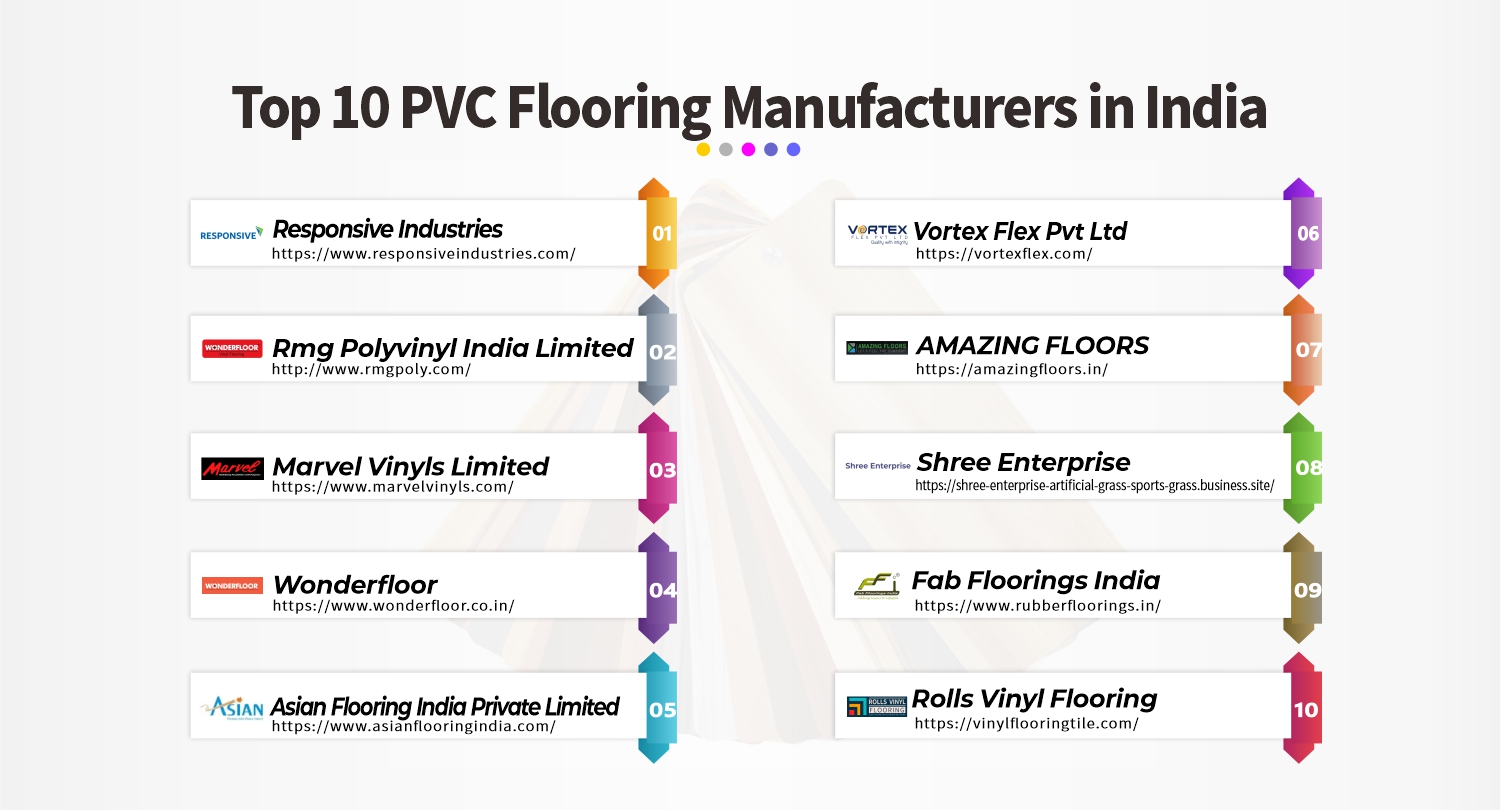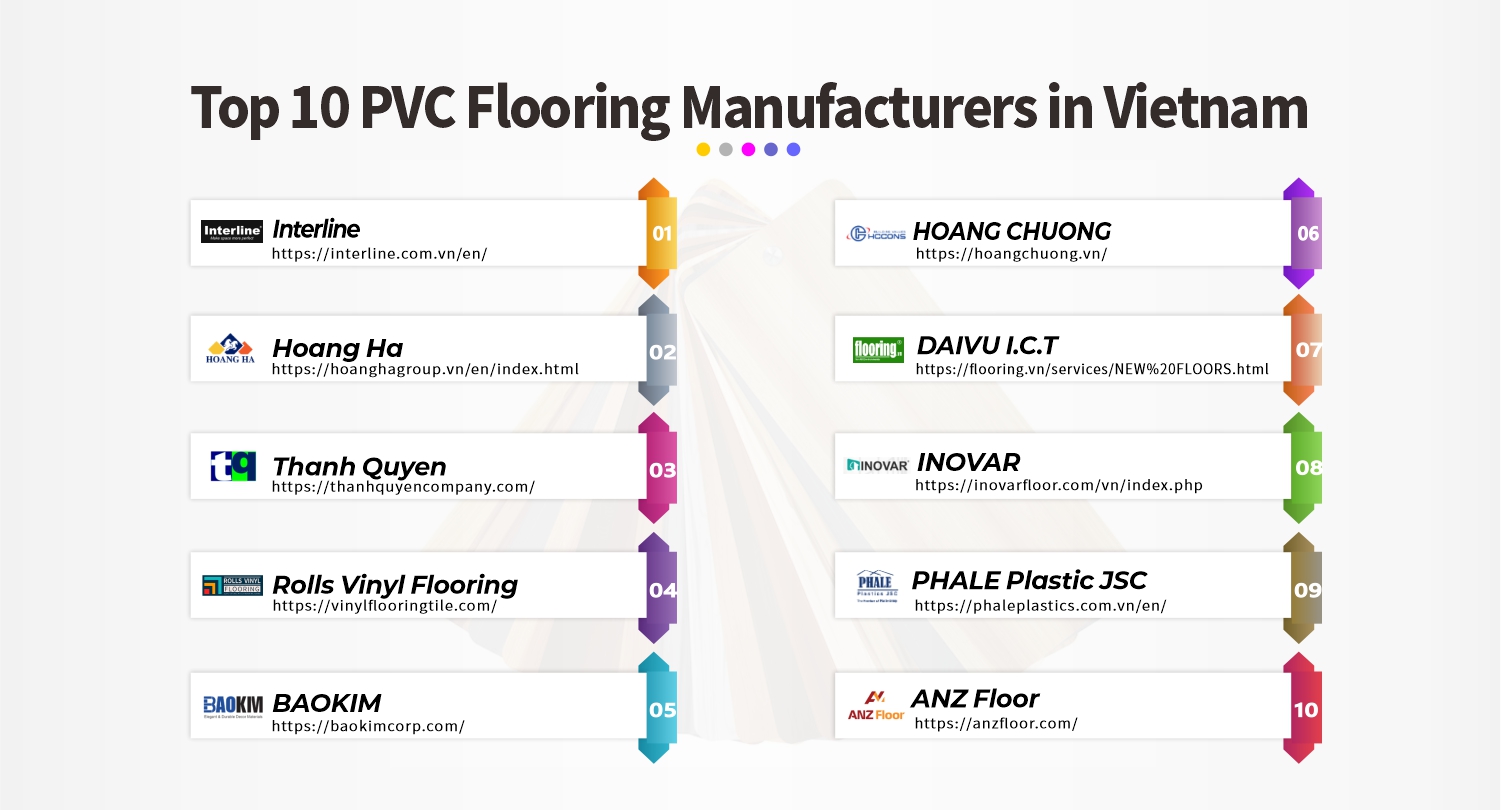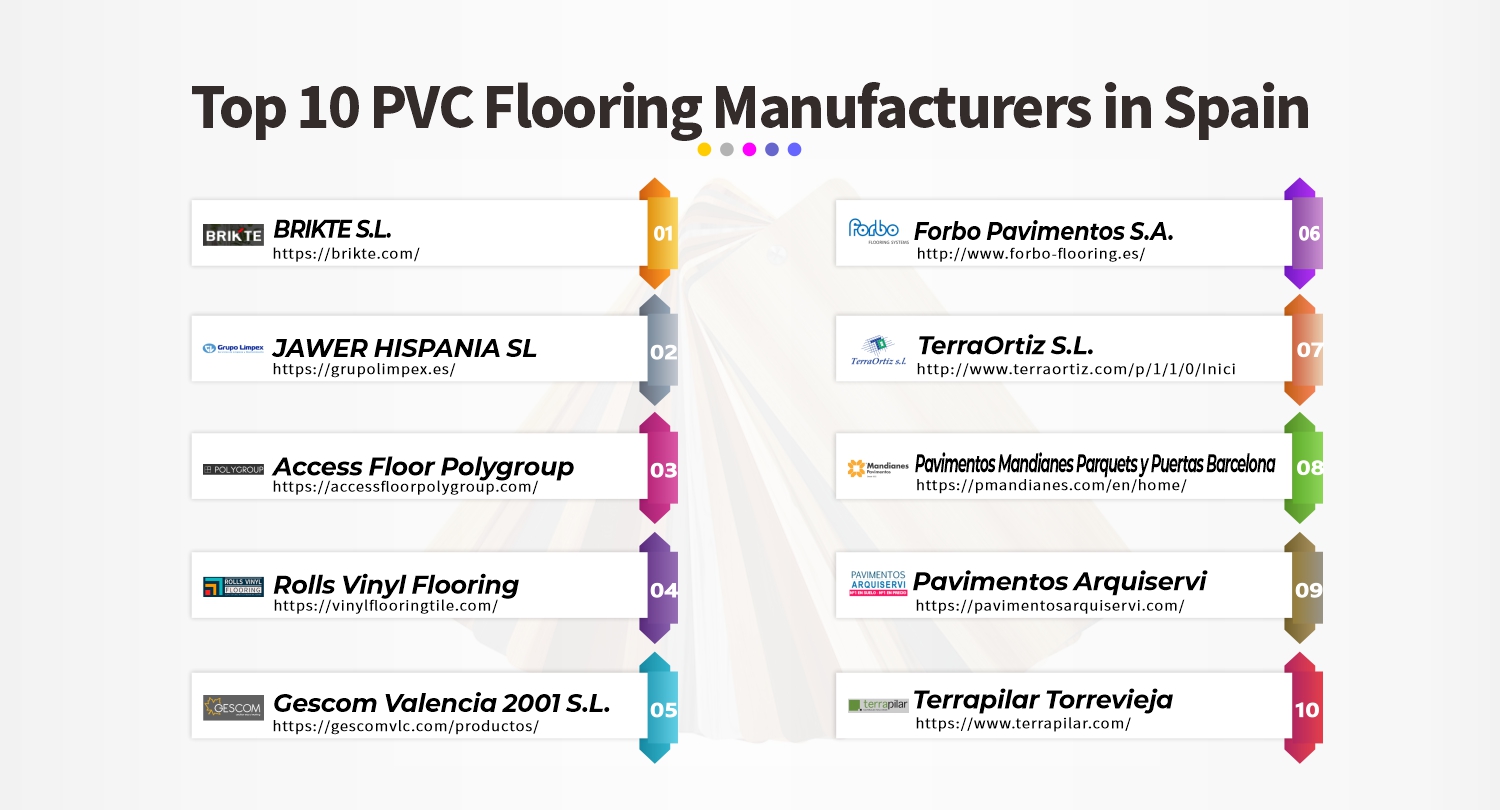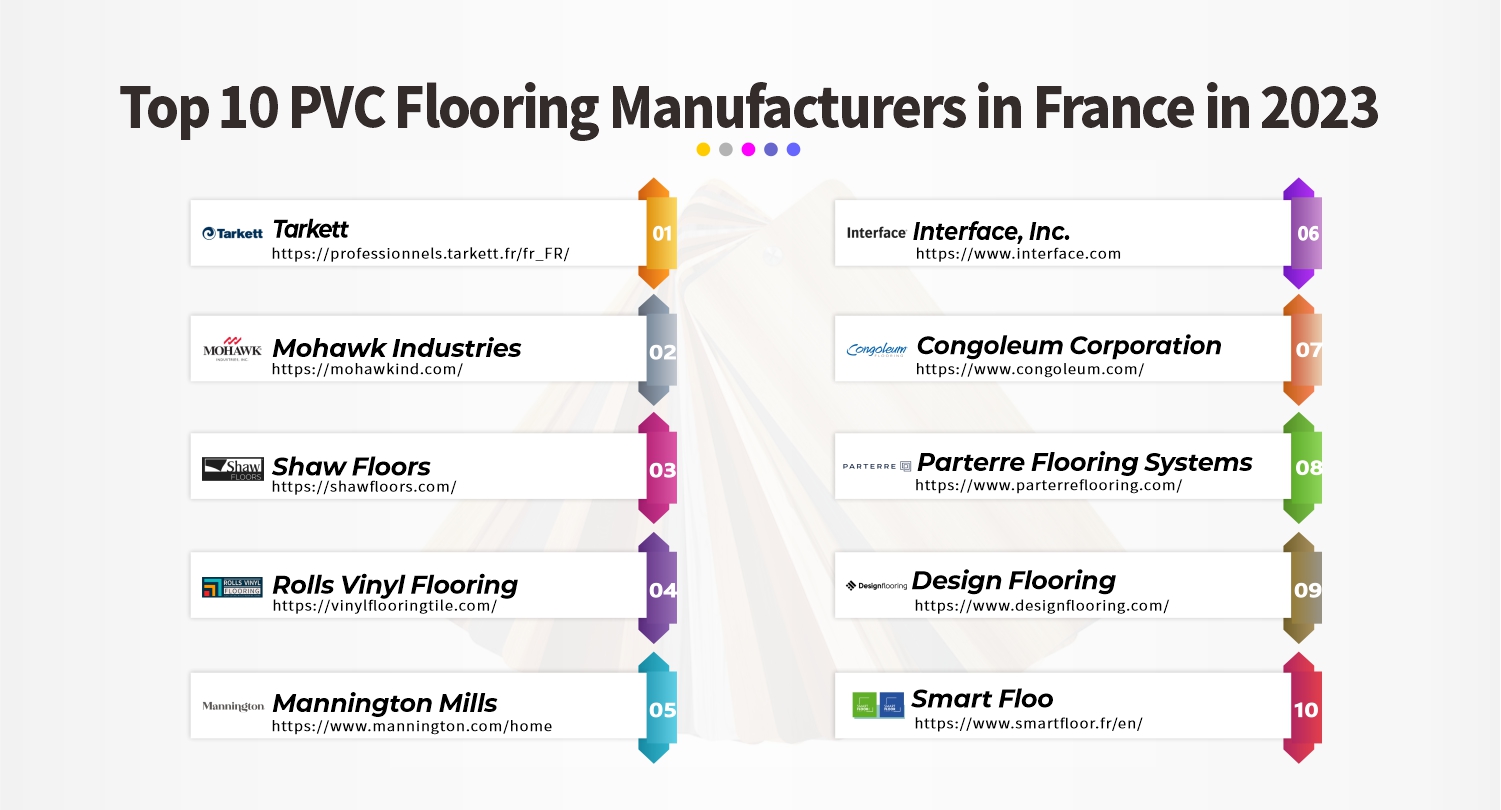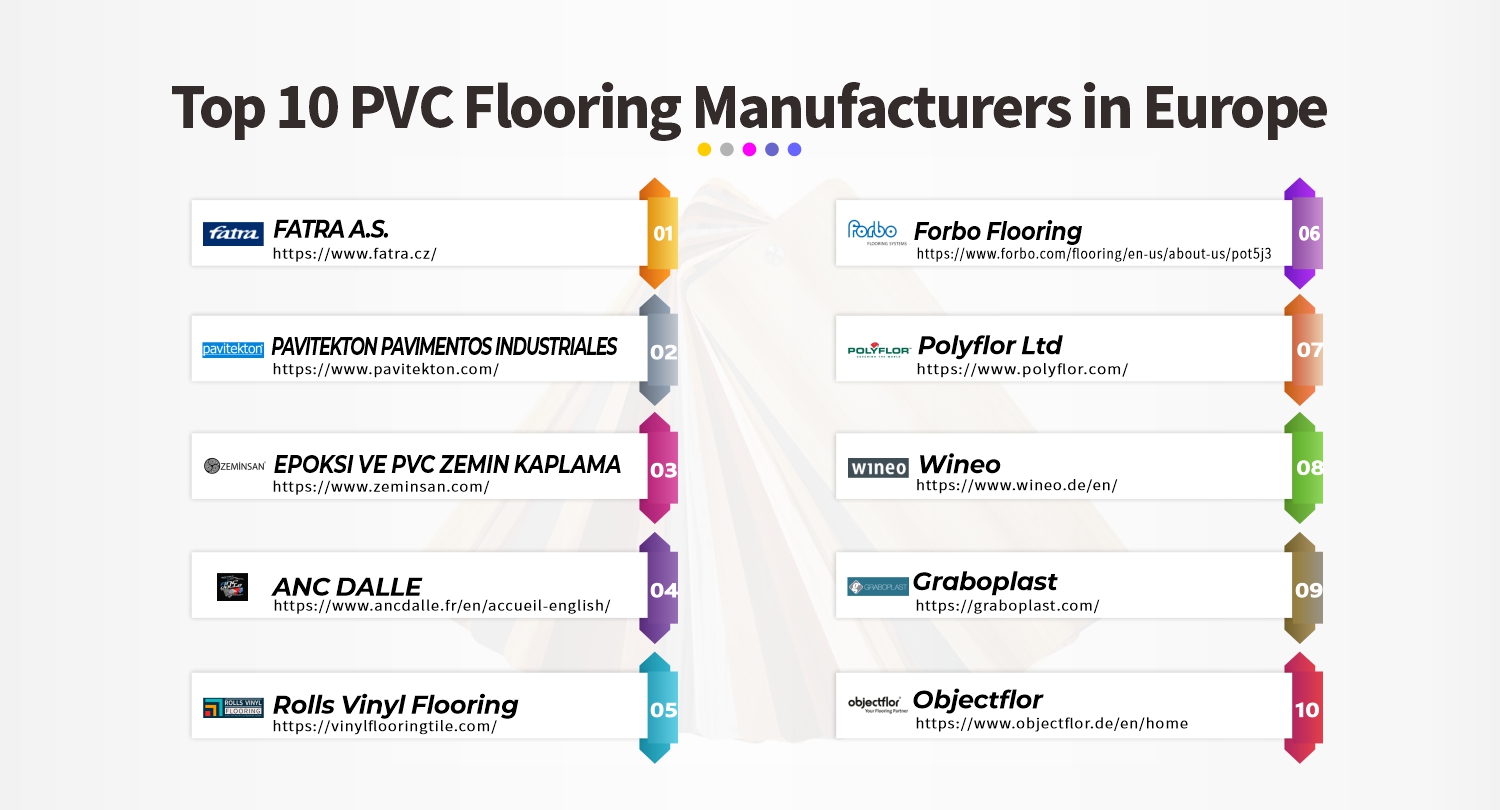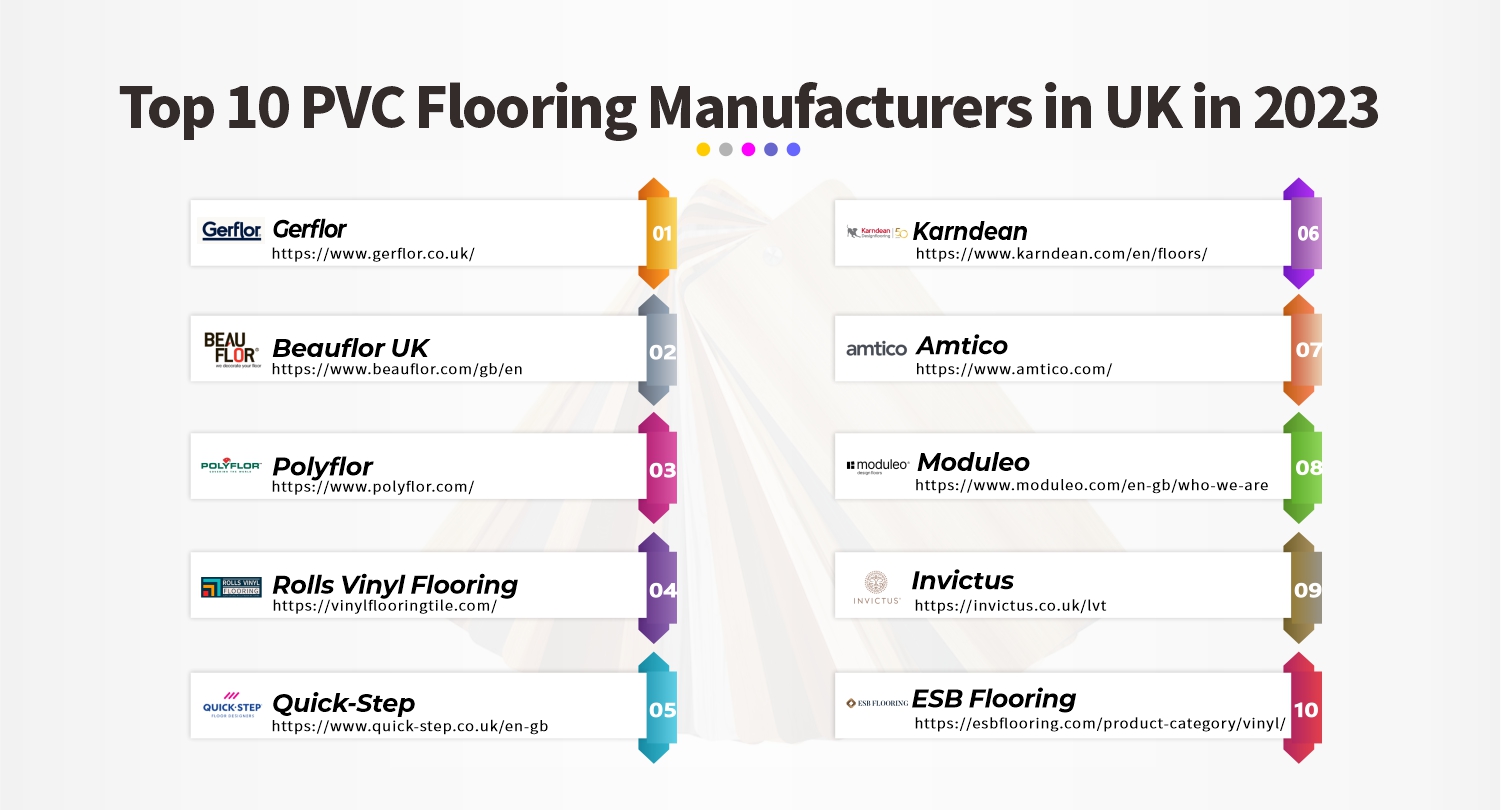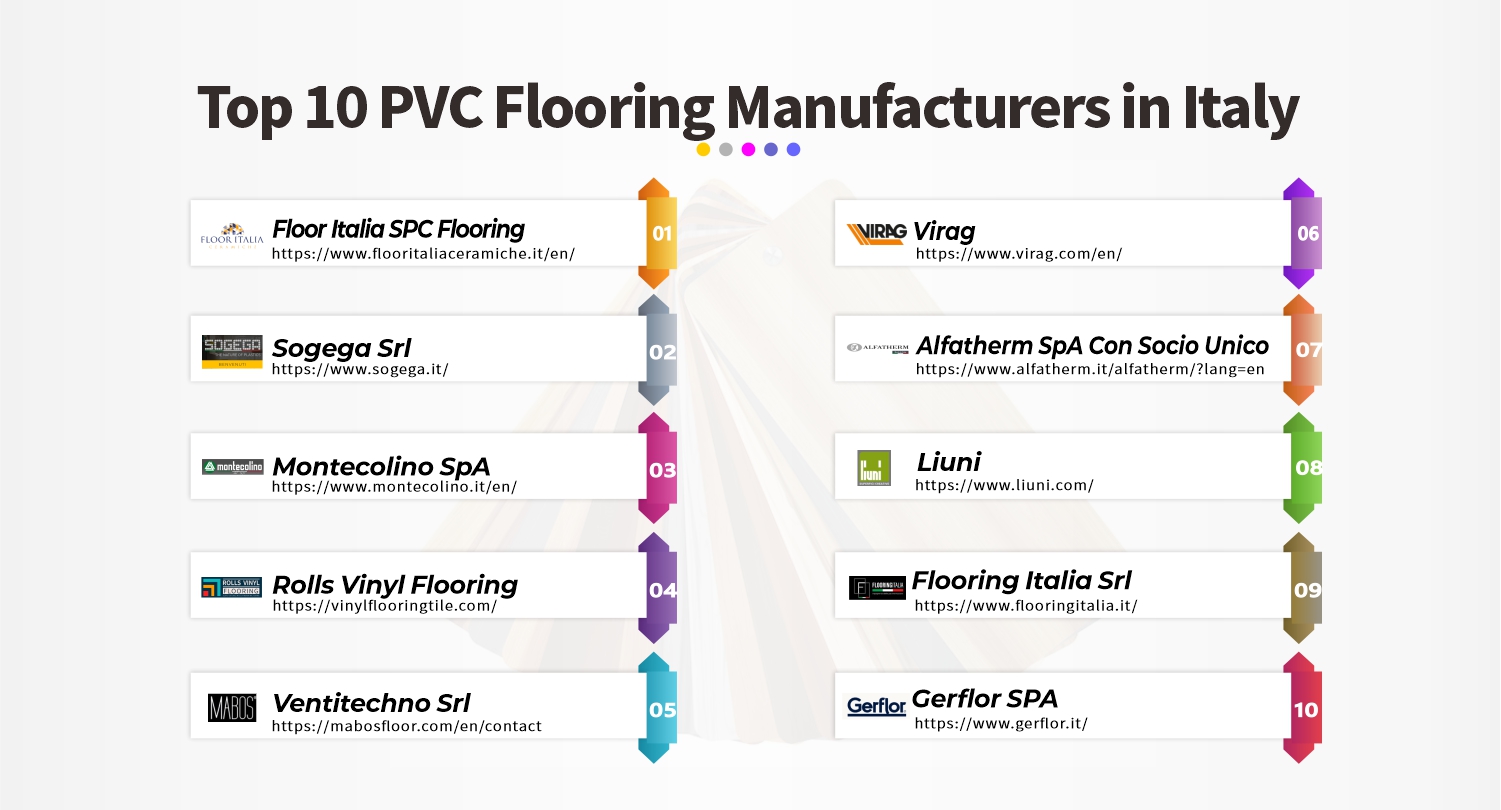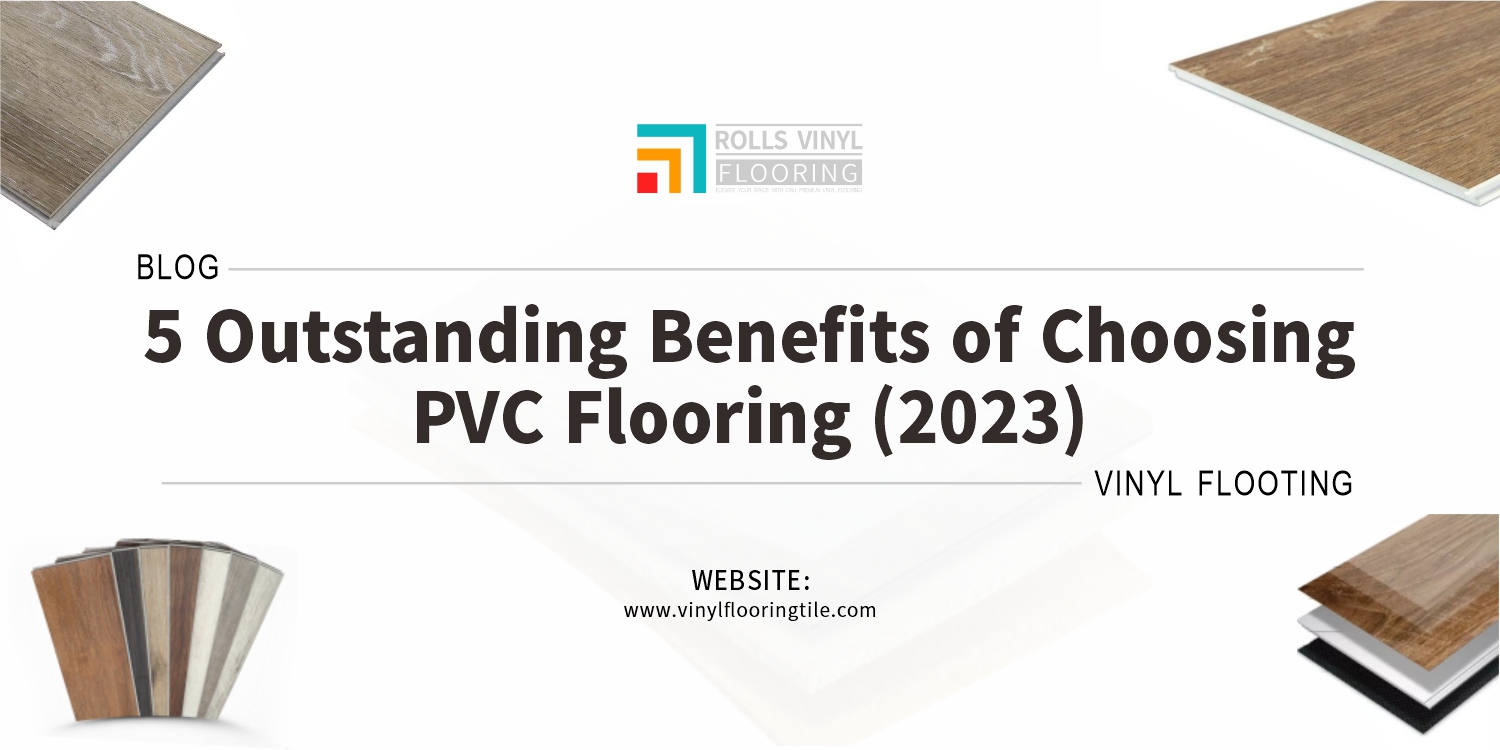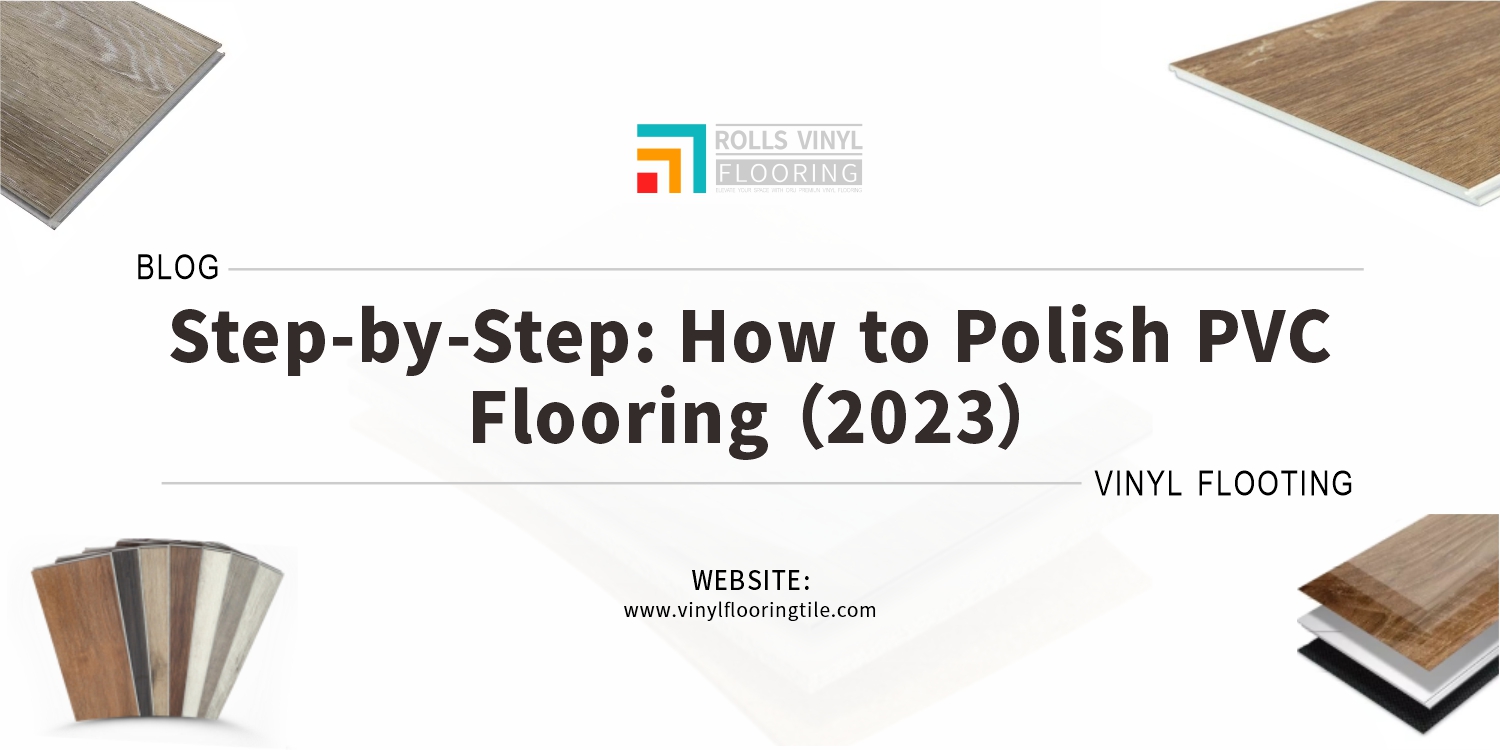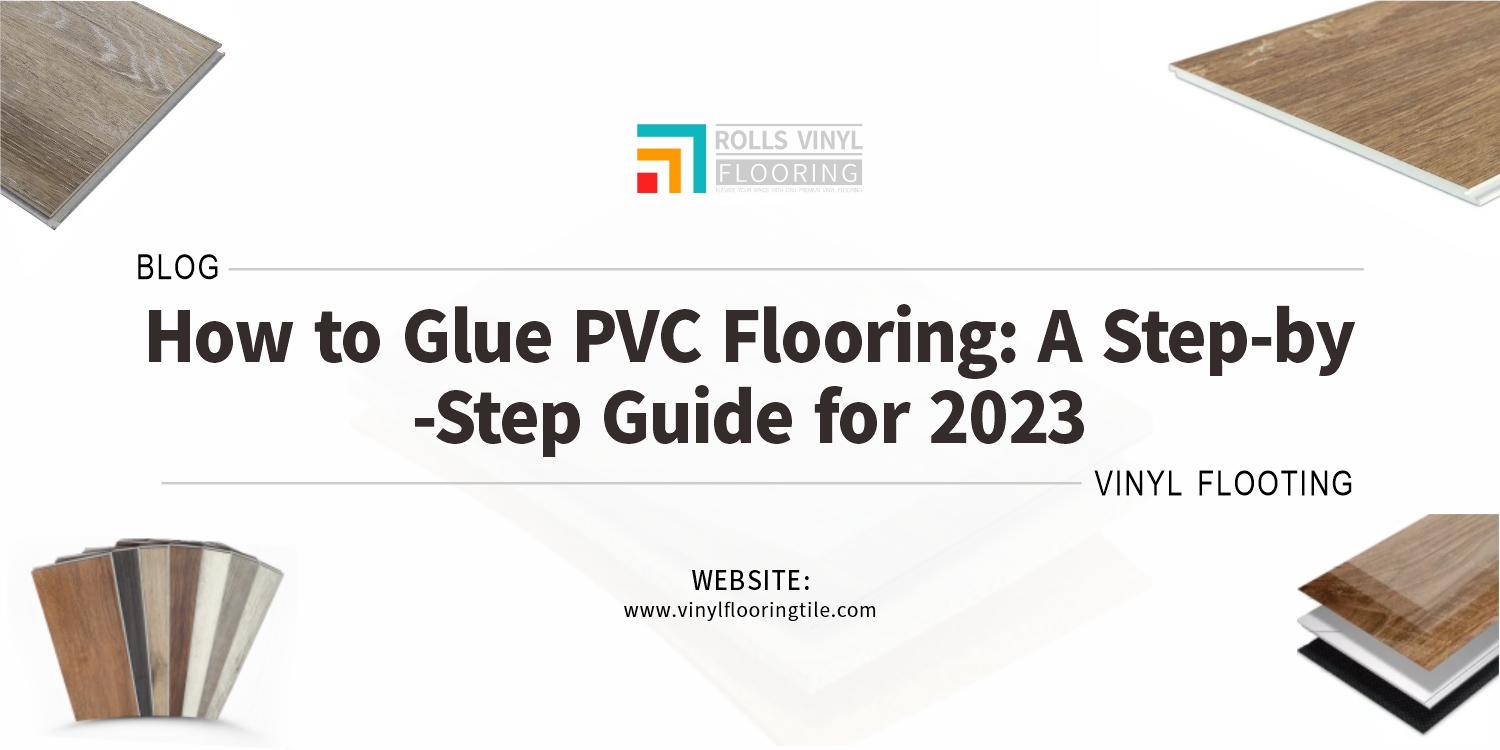If you’re considering a new flooring option for your home or business, you may have come across the acronym LVT. But what exactly does LVT stand for? LVT is a popular and versatile flooring option that offers a wide range of benefits. In this article, we’ll dive deeper into what LVT is, what makes it unique, and why it might be the perfect flooring choice for your needs.
LVT stands for Luxury Vinyl Tile, a type of flooring that is quickly becoming a popular choice for homeowners due to its durability, affordability, and attractive appearance. It is made up of several layers of PVC vinyl and a photographic layer that can be imprinted that’s perfect for any home or office.
Know more about the materials used to create LVT flooring together with its differences and comparison to other types of flooring. Explore its benefits and decide whether it’s a perfect fit for your home!
What is LVT?
Materials used to create LVT
LVT (luxury vinyl tile) is a type of flooring composed of multiple layers of synthetic material, such as polyvinyl chloride (PVC) and polyurethane (PU). It is typically made in a multi-layer composite, with a wear layer, a decorative layer, and a backing layer. The wear layer is composed of clear wear-resistant polyurethane, which protects the floor from stains and wear.
The decorative layer is composed of a printed design that can mimic the look of wood, stone, or tile. The backing layer is composed of thick foam or felt material. LVT typically has a click-lock design that allows for easy installation and a floating floor that can be laid over most existing flooring.
Differences between LVT and other types of flooring
Compared to hardwood and tile, LVT is a more affordable option that still provides a luxurious look and feel. Additionally, LVT is much easier to install than other types of flooring, requiring only a few basic tools and minimal preparation.
Unlike hardwood, LVT does not require any sanding or refinishing and can be installed over existing hard surfaces, such as concrete. Moreover, since LVT is made of multiple layers, it offers superior sound insulation, making it a great choice for areas with high foot traffic. Unlike tile, LVT does not need to be sealed or grouted, which makes it low maintenance and easy to clean.
What does LVT stand for in flooring?
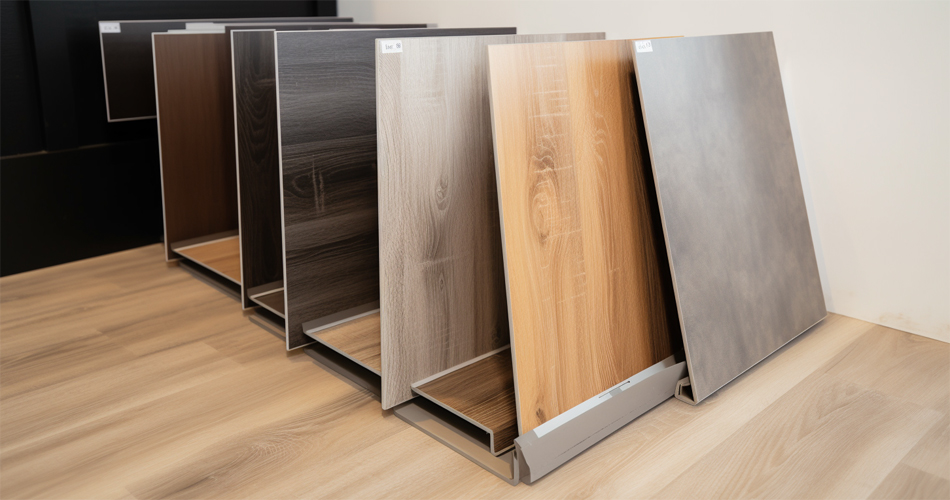
A.Explanation of the acronym LVT
LVT stands for Luxury Vinyl Tile, a type of flooring made from polyvinyl chloride (PVC). Luxury Vinyl Tile (LVT) is a popular flooring option that has been gaining in popularity over the years. It is an aesthetically pleasing and durable option for many homeowners.
B.Expansion of the abbreviation
LVT stands for luxury vinyl tile and is a type of flooring that combines the look of natural stone or hardwood with the durability and affordability of vinyl. LVT is also one of the most cost-effective flooring options available and is often the preferred choice for homeowners looking for a stylish and long-lasting flooring solution.
How does LVT compare to other types of flooring?
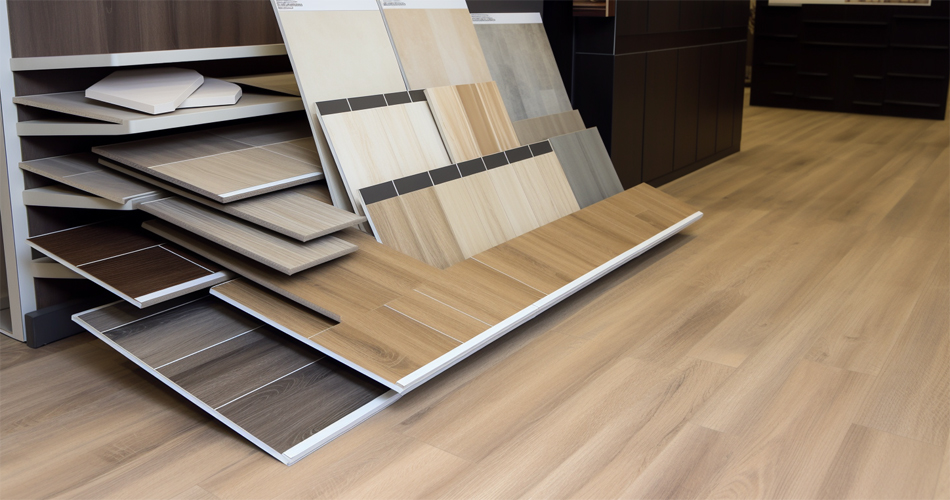
A.Comparison with hardwood flooring
LVT (Luxury Vinyl Tile) and hardwood flooring are both popular options in residential and commercial flooring. Hardwood is a natural material that is prized for its beauty, durability, and warmth. LVT is a synthetic material that is made to look like hardwood, but with fewer maintenance requirements.
Hardwood flooring is a timeless and classic choice that adds value to any home. It is durable and can last for decades when properly maintained. It is also easy to clean and can be refinished to look like new. The downside to hardwood is that it can be expensive and can be damaged by water and heavy traffic.
LVT is a great alternative to hardwood. It is made from synthetic materials, so it is more resistant to water and wear and tear. It is also less expensive and easier to install. Most LVT products are designed to have a realistic hardwood look, so it can be difficult to tell the difference between the two when installed. It is also easy to clean and maintain, as it does not require refinishing.
B.Comparison with laminate flooring
LVT (Luxury Vinyl Tile) and Laminate flooring are both popular, cost-effective, and relatively easy-to-install flooring options. LVT is a superior choice for many reasons, including its durability and long-term value.
LVT is made from a composite of materials, including limestone and vinyl, which makes it incredibly durable and resistant to scratches, dents, and scuffs. It also has a waterproof core, making it ideal for bathrooms and kitchens. LVT also offers a wide range of design options, from realistic wood-look planks to stone-look tiles.
Laminate flooring is made from layers of pressed wood and fiberboard, making it more susceptible to scratches, water damage, and wear over time. It also tends to be less expensive than LVT, but it is not as realistic or durable. Laminate is also limited in design options, as it typically only comes in wood-look planks.
When it comes to choosing between LVT and laminate flooring, it comes down to your budget and priorities. LVT is more expensive, but it is also more durable, and realistic, and offers a wider range of design options. Laminate is a cheaper option, but not as durable or realistic.
C.Comparison with ceramic tile flooring
Luxury vinyl tile (LVT) and ceramic tile flooring are two popular flooring options that offer durability and style. LVT is a type of resilient flooring that is designed to look like natural materials such as hardwood, stone, and ceramic.
LVT is made from multiple layers of vinyl that are fused with a clear wear layer on top. This wear layer protects from everyday wear and tear, making it a great option for high-traffic areas. LVT is also much easier to install than ceramic tile.
Ceramic tile is a popular choice for flooring due to its durability and water resistance. It is also relatively easy to clean and maintain. Ceramic tile is more expensive than LVT, but it can last for many years if properly maintained. Ceramic tile is also available in a variety of colors, patterns, and textures, making it a great choice for any style of décor.
Both LVT and ceramic tile offer a variety of benefits and drawbacks, so it is important to consider your lifestyle and budget when making a decision.
Benefits of LVT flooring
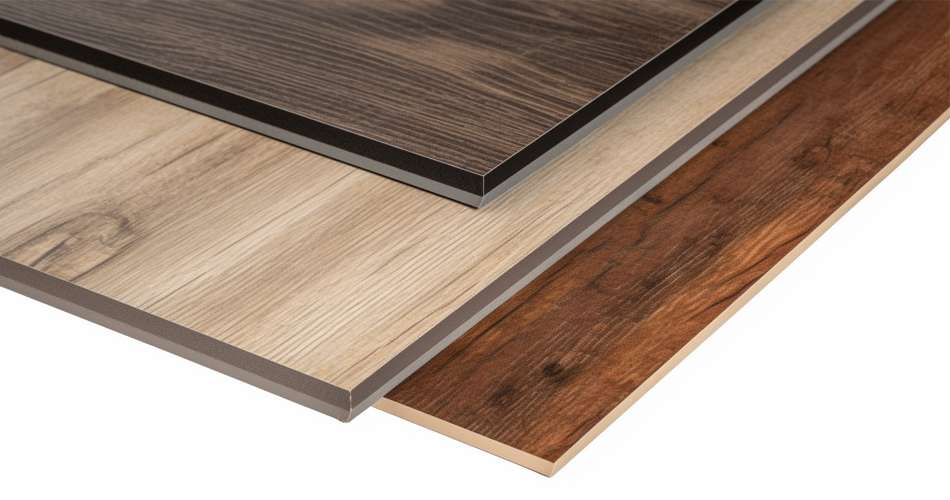
A.Durability and Longevity
LVT flooring is known for its durability and longevity. It is made from vinyl, which is a strong and resilient material that is designed to last for years. It is also resistant to scratches and stains, making it an ideal choice for high-traffic areas.
LVT flooring can also withstand heavy foot traffic and is less susceptible to wear and tear than other types of flooring. It’s also easy to clean and maintain, so it will look great for years to come. With proper care and maintenance, LVT flooring can last up to 20 years or more.
B.Design options and versatility
LVT (Luxury Vinyl Tile) flooring is an incredibly versatile and stylish flooring option that comes in a wide range of colors, patterns, and textures. LVT comes in a variety of design options, from traditional wood-look planks to modern abstract patterns.
Wood-look LVT is also an option for design options. Wood-look LVT is often chosen to add a touch of warmth and natural beauty to a space. This type of LVT comes in a variety of colors, designs, and patterns, allowing for a wide range of design possibilities. Wood-look LVT can be used to create a classic look or to create a more modern feel to a room.
For those looking for something a bit more modern, abstract patterns can make a bold statement. These patterns often feature large-scale geometric shapes in a range of colors and textures. They can add a unique and eye-catching element to any space.
LVT also comes in a variety of textures, ranging from smooth and glossy to embossed and textured. Smooth and glossy textures give a more contemporary look, while embossed and textured options can add a more traditional feel.
Textured LVT flooring is a popular option when it comes to designing a space. Textured LVT can provide an interesting and unique look to any room, while also being easy to clean and maintain. Textured LVT can be found in a variety of colors, designs, and patterns, allowing for plenty of creative options for any space.
Glazed LVT flooring is another popular choice for design options. Glazed LVT is often chosen to create a classic or traditional look, or to add a touch of shine to a room. Glazed LVT offers a variety of colors, designs, and patterns to choose from, making it easy to find the perfect glazed LVT to match any desired design scheme.
C.Maintenance and cleaning ease
When it comes to LVT flooring maintenance, the good news is that it is relatively easy to keep clean. Vacuuming and sweeping are the best ways to keep your LVT floors looking their best. Regularly sweeping and vacuuming can help prevent dirt and dust from getting stuck in the grout between the tiles and causing damage.
For deeper cleaning, mop the floor with a mild detergent or floor cleaner. Make sure to use a soft mop and a cleaning solution that is specifically designed for LVT floors. Avoid using any harsh chemicals or abrasive cleaners that can damage the floor’s finish.
If you’re looking for a more thorough cleaning, steam cleaning is a great option. Steam cleaning is a great way to deep clean the floor and help to remove any stubborn dirt that has been built up over time.
LVT stands for Luxury Vinyl Tile, a type of flooring material that is becoming increasingly popular due to its durable, waterproof, and attractive qualities. It is a great choice for many home and commercial spaces and is a smart investment for its long-term value.



